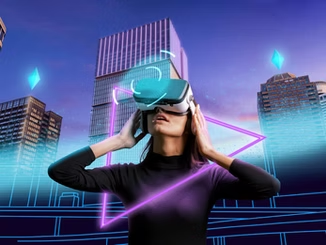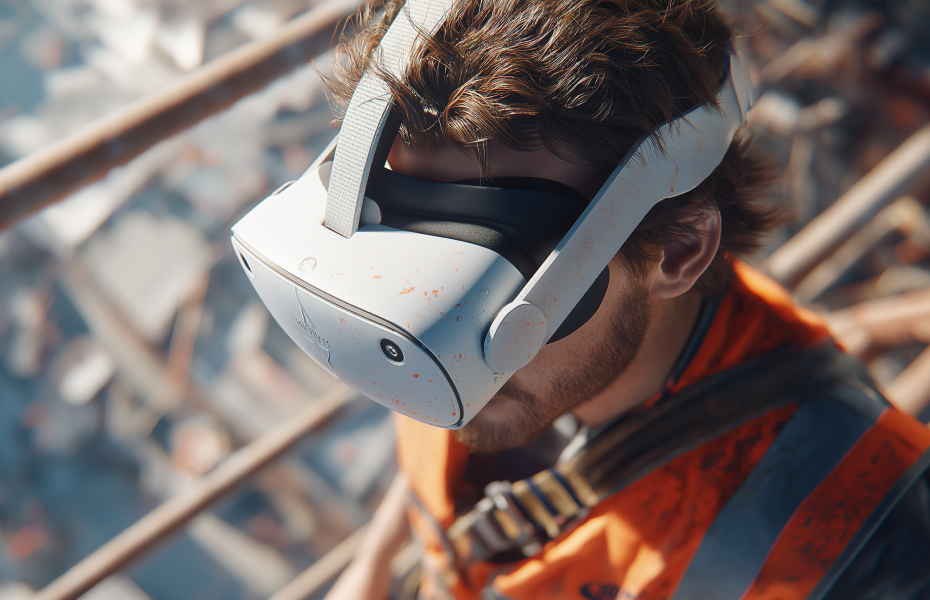As we enter 2024, the landscape of immersive experiences is rapidly evolving, driven by advancements in augmented reality (AR) and virtual reality (VR) technologies. These immersive technologies transform how we interact with the physical world and virtual environments, creating opportunities for businesses, education, and entertainment. This article explores the differences between AR and VR, their roles in the metaverse, the technologies shaping these experiences, and the future possibilities for immersive technologies.
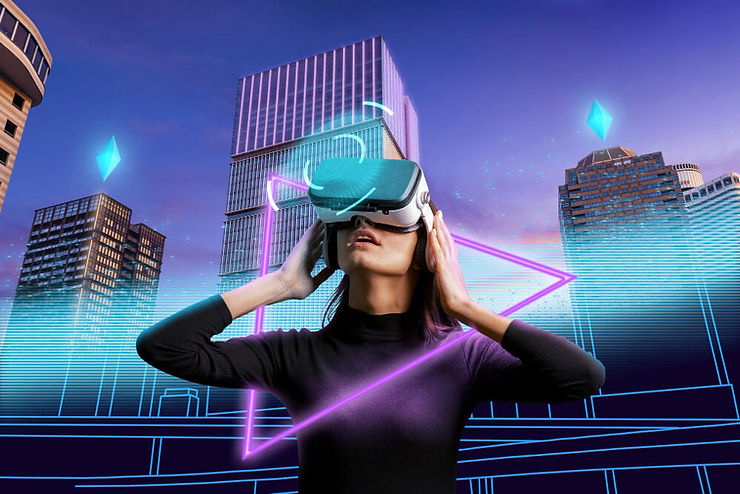
What is the Difference Between Augmented Reality and Virtual Reality?
Understanding AR Technology and Its Applications
Augmented reality, or AR, is a technology that overlays digital information onto the physical world, enhancing the user's perception and interaction with their surroundings. This immersive experience is achieved through smartphones, tablets, and AR headsets, which utilize cameras and sensors to detect the physical environment. The applications of AR technology are vast and varied, ranging from gaming and entertainment to education and retail. For instance, using an AR app, users can view virtual objects in their physical space in real-time, allowing for interactive experiences that seamlessly blend the digital and real worlds. The growing adoption of AR experiences in sectors such as healthcare and training highlights the potential of this technology to revolutionize how we learn and perform tasks.
Exploring Virtual Reality and Its Impact on Users
On the other hand, virtual reality (VR) immerses users in a wholly digital environment, isolating them from the physical world. This fully immersive experience is typically facilitated through VR headsets that transport users into a virtual world filled with interactive elements and virtual objects. The impact of VR on users is profound; it can evoke strong emotional responses and create a sense of presence that traditional media cannot achieve. VR technology is utilized in various fields, including gaming, therapy, and education. For example, VR therapy has shown promising results in treating phobias and PTSD by immersing patients in controlled virtual environments where they can confront their fears safely. The ability of VR to create engaging and realistic experiences opens new avenues for storytelling and learning.
Combining AR and VR for Enhanced Immersive Experiences
The combination of AR and VR technologies, often called mixed reality (MR), further enhances the immersive experience by blending the digital and physical worlds. This integration allows users to interact with real and virtual elements simultaneously, creating a more comprehensive and engaging experience. For instance, in a mixed-reality setting, a user might wear a VR headset while receiving AR overlays that provide contextual information about the virtual environment. This innovative approach could revolutionize fields such as virtual reality training, where users can practice skills in a realistic setting while receiving real-time feedback through augmented overlays. The potential for creating seamless, immersive experiences will only grow as AR and VR technologies evolve.
One practical example for employability training is our three steps to answering almost any question method that learners can rehearse with feedback
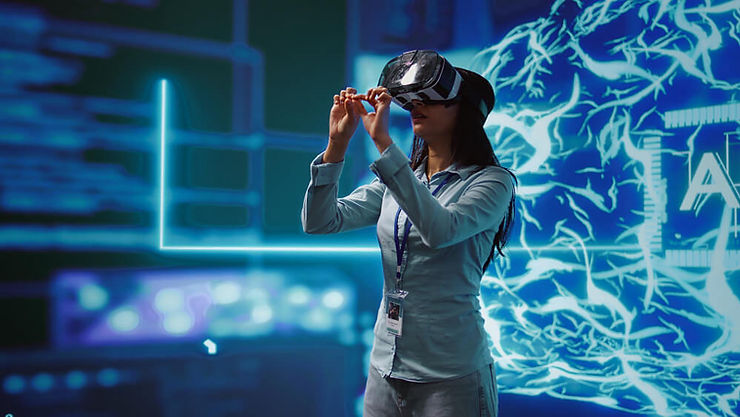
How Will AR and VR Shape the Metaverse in 2024?
The Role of Augmented Reality in the Metaverse
The metaverse, a collective virtual space that encompasses augmented reality, virtual reality, and other immersive technologies, is set to play a pivotal role in shaping the future of social interaction and digital experiences. In 2024, AR is expected to contribute significantly to the metaverse by allowing users to overlay digital content in their real-world environments. This integration will enable users to engage in social activities, attend virtual events, and collaborate with others in previously unimaginable ways. Augmented reality technology to create shared experiences will enhance community building and social interaction in the metaverse.
Virtual Reality Experiences Within the Metaverse
Virtual reality will also play a crucial role in the metaverse by offering fully immersive experiences that allow users to escape the physical world. In 2024, VR technologies will enable users to explore vast virtual environments, participate in interactive games, and engage in social gatherings with others from around the globe. The ability to create lifelike avatars and interact with virtual objects will enrich the user's experience, making it feel more authentic and engaging. As the metaverse continues evolving, the demand for high-quality virtual reality experiences will drive advancements in VR headsets and immersive technologies, ensuring that users enjoy seamless and captivating interactions.
Future Trends in Mixed Reality and the Metaverse
As we look toward the future, mixed reality is expected to become increasingly prevalent in the metaverse. By combining elements of both AR and VR, mixed reality experiences will allow users to interact with their physical surroundings while engaging with digital content. This trend will foster more immersive and interactive experiences, breaking down the barriers between the digital and physical realms. Furthermore, advancements in artificial intelligence and machine learning will enhance these experiences by providing personalized content and recommendations based on user behaviour. As a result, the metaverse will become a dynamic and evolving space that adapts to the needs and preferences of its users.
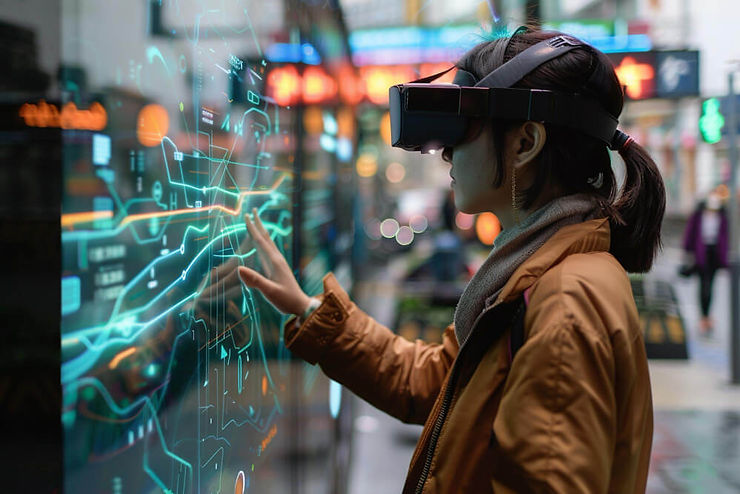
What Are the Key Technologies Driving Immersive Experiences?
The Impact of Artificial Intelligence on AR and VR
Artificial intelligence (AI) is a driving force behind the advancements in AR and VR technologies. AI enables immersive experiences to be more interactive and responsive by utilizing machine learning algorithms to analyze user behaviour and preferences. This capability allows real-time adjustments to the content and environment, creating a more personalized and engaging experience. For instance, in AR applications, AI can enhance object recognition, enabling smoother interactions between the physical world and digital overlays. As AI continues to evolve, its integration with AR and VR technologies will redefine how users engage with immersive experiences.
Advancements in Reality Technology for 2024
In 2024, we can expect significant advancements in reality technology, particularly in hardware and software. The development of more powerful VR headsets will provide users with higher-resolution displays, improved tracking capabilities, and longer battery life, enhancing overall immersion. Similarly, AR technology will benefit from advancements in spatial computing, allowing for a more accurate overlay of virtual objects onto the physical world. These improvements will create more realistic and engaging augmented reality experiences, pushing the boundaries of what is possible in immersive environments.
How Smart Devices Enhance Augmented Reality Experiences
Smart devices, including smartphones and tablets, play a crucial role in the accessibility and adoption of augmented reality experiences. By integrating AR technology into everyday devices, users can easily access immersive content without needing specialized equipment. Using augmented reality on smartphones allows for spontaneous and on-the-go experiences, making it easier for businesses to engage customers through innovative marketing strategies. As smartphone technology continues to advance, the potential for AR experiences will expand, enabling users to immerse themselves in the digital world anytime and anywhere.
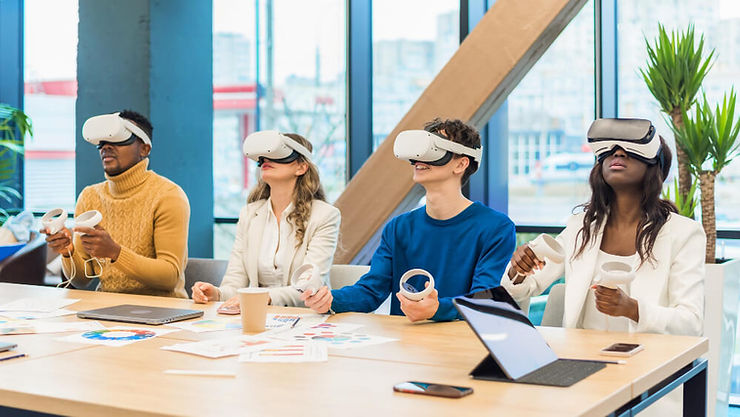
How Can Businesses Use Augmented Reality to Engage Customers?
Creating Engaging Augmented Reality Experiences
Businesses increasingly recognize augmented reality's potential to engage customers and enhance their brand experiences. By creating engaging AR experiences, companies can capture users' attention and provide them with interactive content that fosters brand loyalty. For instance, retailers can use AR technology to allow customers to visualize products in their own space before purchasing, enhancing decision-making. Integrating AR into marketing campaigns can create memorable experiences that resonate with consumers, ultimately driving sales and customer satisfaction.
Using AR Technology for Innovative Marketing Strategies
AR technology offers innovative marketing strategies that allow businesses to differentiate themselves in a competitive landscape. By incorporating augmented reality into advertisements and promotional materials, brands can create immersive experiences encouraging user interaction. For example, a furniture retailer may use an AR app to let customers visualize how a piece of furniture would look in their home. This interactive approach enhances the customer experience and increases the likelihood of conversion. As AR evolves, businesses will find new ways to leverage this technology to engage and captivate their audience.
Case Studies of Successful AR Implementations
Numerous case studies highlight the successful implementation of AR technology across various industries. For example, companies like IKEA and L'Oreal have embraced augmented reality to enhance customer experiences. IKEA's AR app allows users to visualize furniture in their homes, while L'Oreal's AR experience enables customers to try makeup virtually. These implementations showcase the effectiveness of AR in engaging customers and providing them with a unique and interactive shopping experience. As more businesses adopt AR technology, we expect to see an increase in innovative applications redefining customer engagement.

What Are the Future Possibilities for Immersive Experiences?
Exploring the Future of Virtual Environments
The future of immersive experiences is poised for exciting developments, particularly in virtual environments. As technology advances, we can expect to see increasingly sophisticated virtual worlds that offer unparalleled levels of immersion. These environments will be characterized by realistic graphics, interactive elements, and social features that allow users to connect with others in meaningful ways. Integrating AI and machine learning will enhance these experiences, enabling dynamic environments that adapt to user preferences and behaviours. The possibilities for exploration and interaction within virtual environments are limitless.
The Evolution of Immersive Experiences Beyond 2024
Looking beyond 2024, the evolution of immersive experiences will likely lead to the emergence of new applications and technologies that deepen our connection to both the digital and physical worlds. As AR and VR technologies advance, we may witness the development of more sophisticated mixed-reality experiences that blur the lines between reality and the virtual realm. This evolution could lead to new forms of entertainment, education, and social interaction, fundamentally changing how we perceive and engage with the world around us.
Potential Challenges in Advancing AR and VR Technologies
Despite the exciting prospects for the future of immersive experiences, several challenges must be addressed as AR and VR technologies continue to develop. Issues such as data privacy, accessibility, and the potential for addiction to virtual environments are critical considerations that must be navigated carefully. Moreover, standardization and interoperability between different AR and VR platforms will be essential to ensure a cohesive user experience. As we embrace the potential of these technologies, it is crucial to address these challenges proactively to create a safe and inclusive environment for all users.
It is important to consult a safety professional before undertaking any of the steps outlined in this article
Author:
Share Article:
Author:
Share Article:
